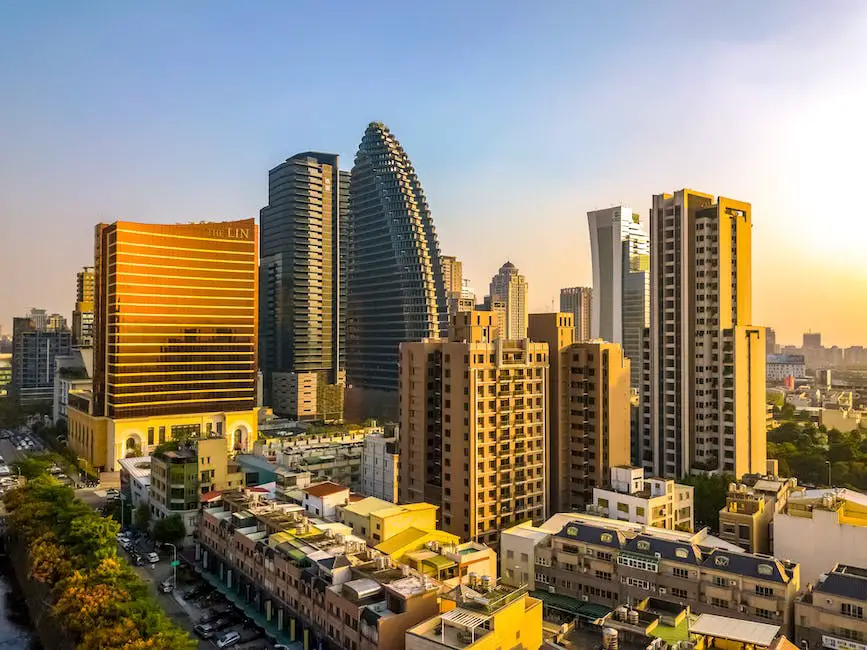
Imagine strolling through the bustling streets of Taichung, where the whispers of the past meet the innovations of the present. This vibrant city, nestled in the heart of Taiwan, is a canvas painted with architectural marvels that tell tales of cultural fusion, economic shifts, and the relentless march of progress. Taichung’s architecture is a fascinating blend of traditional Taiwanese structures, Japanese colonial influences, and cutting-edge modern designs that reflect the city’s dynamic evolution.
The Roots of Tradition: Qing Dynasty and Japanese Colonial Era
Let’s rewind to the late 19th century. Back then, Taichung was dotted with quaint, traditional Fujianese-style buildings. These structures, with their sweeping roofs and intricate carvings, were a testament to the craftsmanship of the era. Fast forward to the Japanese colonial period, and you’ll notice a shift. The Japanese introduced their own architectural styles, erecting government buildings, schools, and shrines that showcased a blend of Japanese and Western influences. The Wufeng Lin Family Mansion and Garden is a prime example, with its fusion of Eastern and Western architectural elements.
The Post-War Boom: Modernism Takes Center Stage
After World War Ii, Taichung began to embrace modernism. The city expanded rapidly, and with it, the skyline started to transform. Architects looked to the West for inspiration, and soon, sleek concrete buildings began to replace the wooden structures of yesteryear. The Taichung City Hall, built in the 1970s, is a reflection of this era, showcasing the minimalist aesthetics and functional design that were in vogue at the time.
The Contemporary Era: A Hotbed of Architectural Innovation
Fast forward to the 21st century, and you’ll see that Taichung has become a hotbed of architectural innovation. The city is now home to the National Taichung Theater, an undulating structure designed by the renowned Japanese architect Toyo Ito. This masterpiece defies traditional forms and is a symbol of Taichung’s bold leap into contemporary design. The city’s commitment to green spaces is also evident in the sprawling Calligraphy Greenway, which blends urban life with nature.
Preservation Meets Progress: The Old and the New
What’s truly captivating about Taichung is how it honors its past while forging ahead. Historic buildings, such as the Taichung Railway Station, have been meticulously preserved. Yet, they stand in harmony with modern marvels like the 4th Credit Union Building, which boasts a futuristic facade that seems to ripple in the sunlight. It’s this juxtaposition of the old and the new that gives Taichung its unique architectural character.
Living Spaces: The Evolution of Residential Architecture
Residential architecture in Taichung has also undergone a transformation. From the single-story, red-brick houses of the past to the sleek high-rise apartments of today, the city’s living spaces reflect the changing needs and aspirations of its residents. These modern complexes often feature amenities like gyms and pools, catering to a growing demand for luxury and convenience.
FAQs
- What are some must-see examples of Taichung’s traditional architecture?
For a glimpse into the past, visit the Wufeng Lin Family Mansion and Garden or the Taichung Confucius Temple, both of which showcase traditional Taiwanese architecture.
- Can you recommend any modern architectural landmarks in Taichung?
Definitely! Don’t miss the National Taichung Theater and the 4th Credit Union Building for some contemporary architectural inspiration.
- How has Taichung’s architecture contributed to its cultural identity?
Taichung’s architecture is a physical narrative of its history, from the Qing Dynasty to Japanese colonialism, and now to its current status as a hub of modern innovation. This blend of styles has created a unique cultural identity for the city.
Conclusion
In conclusion, Taichung’s architecture is a rich tapestry that weaves together the threads of history, culture, and innovation. From the traditional Fujianese-style buildings to the avant-garde National Taichung Theater, the city’s skyline tells a story of transformation and growth. As we’ve explored the evolution of this urban landscape, it’s clear that Taichung has managed to preserve its heritage while embracing the future with open arms. Whether you’re an architecture buff, a history enthusiast, or simply someone who appreciates the beauty of a city in flux, Taichung’s architectural journey is sure to captivate and inspire.
For those looking to delve deeper into the world of architecture, Taichung offers a living lesson in how cities can evolve while respecting their past. It’s a testament to the city’s resilience and forward-thinking spirit. So, the next time you find yourself wandering through Taichung, take a moment to look up and around. You’ll witness a cityscape that’s not just about buildings—it’s about the soul of a city that has gracefully danced through time, from past to present.